A Day At The Races
K.L. Orion
After getting rained out for multiple weekends in a row, Saturday night was at last opening night for sprint car races at Knoxville Raceway. The last time I properly attended the races was when I was probably a toddler, at the very least an early elementary student. And Saturday night wouldn’t break that trend.
I was selling 50/50 tickets with the Knoxville Music Boosters to help raise money for both sprint car driver insurance and for the Music Boosters. As an avid band and choir kid, I wanted to help out my programs. And even if I didn’t, my whole family had signed up to help out, so I really didn’t have a choice.
I was only there for the few hours leading up to the races and then a few minutes into the first race, so I certainly didn’t get the proper sprint car experience. However, while I was wandering around trying to persuade people to gamble for a good cause, I noticed some things that I wouldn’t have about the culture of these races and the community they’re held in. So, I took some pictures and thought about trying out a post style I’ve seen countless times in Deep Midwest: Politics and Culture. Thanks, Dr. Leonard, for the indirect idea.
Those of us selling the 50/50 tickets were told to stay down in the vendor area beneath the gargantuan stands until the cars started warming up. Once we heard the cars going around the track (and believe me, there is no way you wouldn’t hear them), we were supposed to go up into the stands themselves and advertise. With that in mind, it was a while before my selling partner and I actually went into the stands. For the most part, we went back and forth past t-shirt sellers and concession stands. The smells of the concession stands were extremely tempting. The smell of t-shirts was less so.
Whenever the races are in town, it provides huge capitalist opportunities to Knoxville. These vendors setting up shop literally just beneath the stands are probably the most obvious cases of this, but the effect goes out into the greater community. When Nationals are in town, almost every fair ground in Marion County is filled to the brim. Bars are stuffed full. Restaurants struggle to find seating. If you ever take a trip into town, you’ll likely notice a disproportionate amount of businesses near the race track, and that is certainly for good reason. If you have a restaurant or bar near the race track, you have a goldmine during the summer months.
While wandering around, looking for potential customers, I was shocked by both the diversity and lack thereof in the people around me. Some seemed like hobos who’d just got done smoking a joint. Others had entire families they were coming in with. Some were people hunched over using canes. Others were energetic teenagers. Some people even had infants with them. There wasn’t much racial diversity in the crowd, though there was more here than I usually see in small town Iowa. There seemed to be a disproportionate ratio of men to women. Almost every woman I saw that night was walking or sitting beside a man. The same couldn’t be said for the men, who sometimes came in by themselves or even with a whole group of men.
Then there was the clear culture conformity, which might sound like a bad thing but isn’t necessarily. Conformity isn’t inherently bad. It can actually be good in certain cases. Conformity is a form of group belonging, which was clear in the race fans. No matter what gender, age, or race they were, many wore sprint car merch, like the t-shirts vendors were selling. I had always known that racing had its own little culture, but I never really thought of it until Saturday night.
Once we were in the stands, that culture would become a lot more apparent.
When we made our way into the stands, there were clear social norms and traditions that were known by returning fans but new to 50/50 sellers like me. To no surprise, friends sat by each other. But there was also another trend in the seating arrangements that maybe wasn’t entirely culture based but more practical based as my ticket partner and I would find out. People mainly avoided the first few rows of seating, and we weren’t sure what…until we learned the hard way.
For one thing, front seats are not a good view of the track. You might get a cool view when a car whizzes by, but it’s so fast you can hardly process it and you can’t see anything else. Also, the already ungodly roar of the race cars is even louder at the front. But the main reason is probably for the dirt and debris that get shot from the track as the racers zoom past. When in the front rows, we got pelted with dirt and other objects from the track, some of them getting in our eyes. One particularly large piece of debris smacked me hard on the upper lip. The experience was certainly not the most painful thing I had ever felt, but I’d rather avoid getting hit in the lip by flying track trash.
Another thing I noticed when in the stands was the way the track itself was set up. It’s a dirt track, automatically giving it a rugged and almost badass look. A bunch of trailers were set up in the pits. These were clearly what the cars were brought in on and where the pit crews made their bases. Some of these pit crews stood on top of the semi-trailers, getting a better look at their racers performing warm-ups. A few Jumbotrons could be found on different parts of the track, showcasing better views of the action and interviews you wouldn’t otherwise see. Sponsers had their advertisements displayed on the sides of the track.
On the opposite side of the track was the Sprint Car Museum and Hall of Fame, along with a suite tower for viewing. It was interesting to see people viewing from those buildings. Those who paid for suites obviously numbered far less than those in the stands. Immediately, I noticed a kind of wealth induced separation between race fans. Those who could pay for suites were far away from those who couldn’t; and were enjoying far better accommodations than metal bleachers that get pelted with track debris. However, wealth alone isn’t necessarily the deciding factor. Who purchases a suite vs those who don’t is probably also decided by devotion. More hardcore fans are more likely to get the suite than fans who are more casual. Not to mention the other social factors that’d also play into it.
By the Hall of Fame I spotted construction equipment. I had heard they were building another suite tower. That reminded me of Knoxville’s current goal of growth. At the top of the stands, I got more reminders of this. From the top, you could look in all sorts of directions, seeing the vastness of Iowa. On the other side was Young’s Park, a strangely peaceful sight compared to the automobile chaos beside it. By Young’s Park was the cleared VA campus, where they’ve started building housing developments and parks. You can even see some of those houses in the photos. All the way out I could see the corner of the new middle school, a symbol of the school districts attempts to expand and grow, but also a reminder of the challenges presented by that goal.
In the opposite direction I could see some windmills used for producing electricity. They were far off on the other side of Pella, so seeing them was something of a shock. If you stood right, you could even see Pella’s water tower (I was unfortunately unable to get a picture of that). That made me think about how Tulip Time was happening in Pella as these races went on. It appears it was a busy time for both sides of the county.
Just beside the racetrack was the Marion County Fairgrounds, an important location of farmers and fair goers alike in the summer. In a few months, these fairgrounds would come alive with animals and humans alike.
And all of this goes without much mention of the actual sprint cars that were performing tests and warming up while I was admiring the beauty. Sprint cars live up to their name. They travel at incredible speeds, nothing less than I would expect race cars to do. Still, even when it was expected, the sheer velocity of those vehicles shocked me. I tried to get a somewhat dramatic video of one of their warm-ups, but I’ve found out through that experience that I’m a fairly terrible cameraman.
At one point, one of the cars had some trouble and stopped. For a few minutes, the whole operation ceased. I’m not sure what happened, but the driver and vehicle seemed okay afterwards.
However, I did stumble upon what appeared to be a memorial by one of the track gates. A chilling reminder on how dangerous this sport can be and why the raffle tickets I was selling contributed to paying for racer safety.
When it was finally time to start, something of a beginning ceremony took place. A pastor was invited to give a prayer, which I had doubts about. I didn’t think sprint car racing was inherently a religious event, and I couldn’t help but wonder if anyone in the audience that night wasn’t Christian and might feel alienated by this act. The lines, “We recognize you as the creator,” and, “We confess Jesus to be our lord and savior,” didn’t help with that sentiment (those aren’t what the pastor said word for word, but they were something along those lines). However, I highly doubt the prayer was done as a form of oppression and/or alienation but rather to unite and was made out of good faith. He did pray for the safety of the drivers and their wellbeing, after all.
Next, the national anthem was sung. While this could have similar issues as the idea of the prayer, I wasn’t thinking much about that while staring at the colossal American flag waving on the east end of the track. I was thinking about when those lyrics were written. Back during the War of 1812, far before 2024. It was an entirely different world then, far different from the racing world I found myself in at that moment. I thought about how much we’ve grown. I thought about the problems we still face. And once the national anthem was over, many of the other ticket sellers and I left.
Just like that.
I didn’t spend much time at the races, but the little time I spent got me thinking about things both big and small happening around me. Everything from the small microtransactions to the colossal world-changing events. The races might not be my scene, but I certainly do not regret the little time I spent in that world.




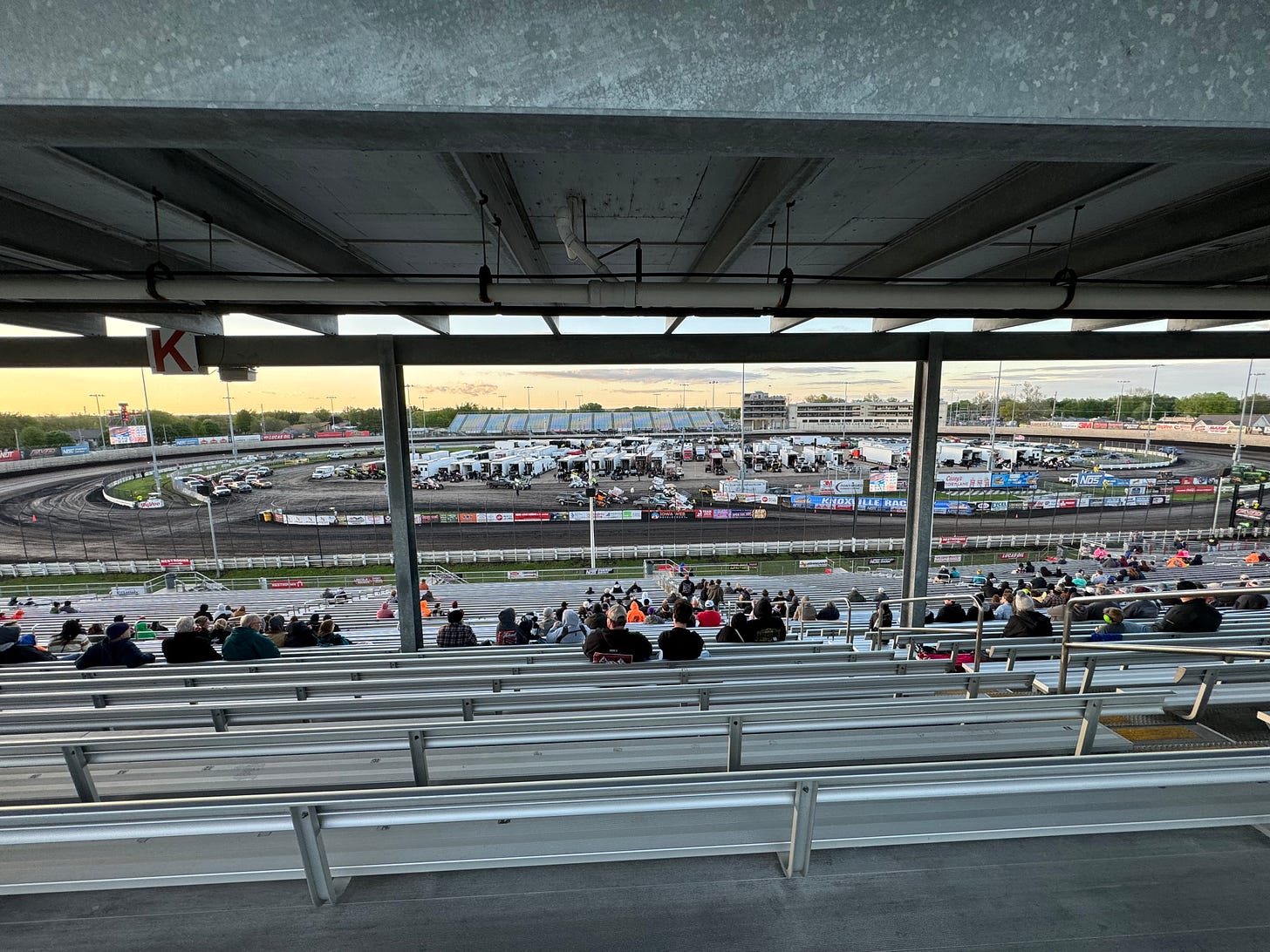

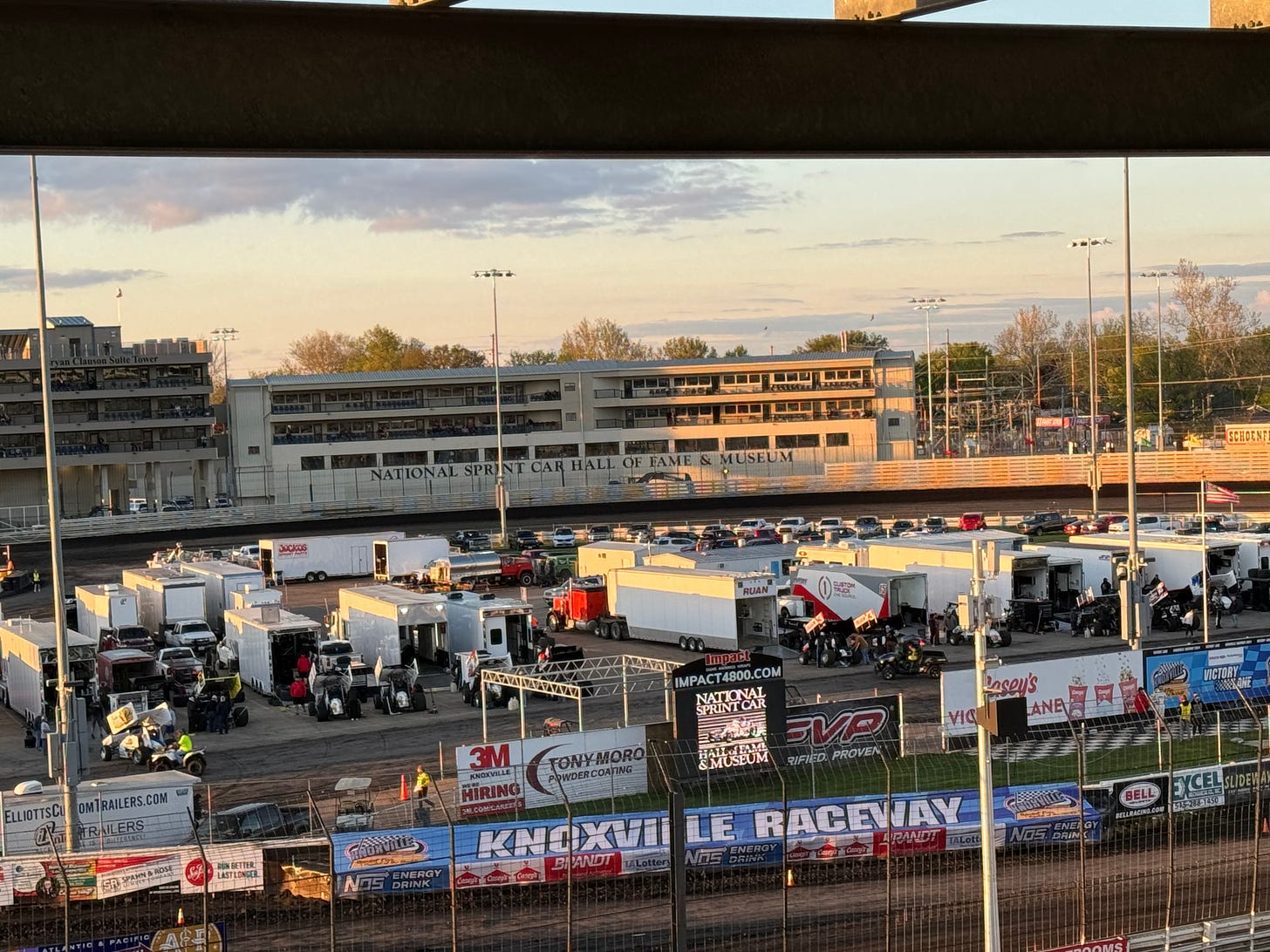
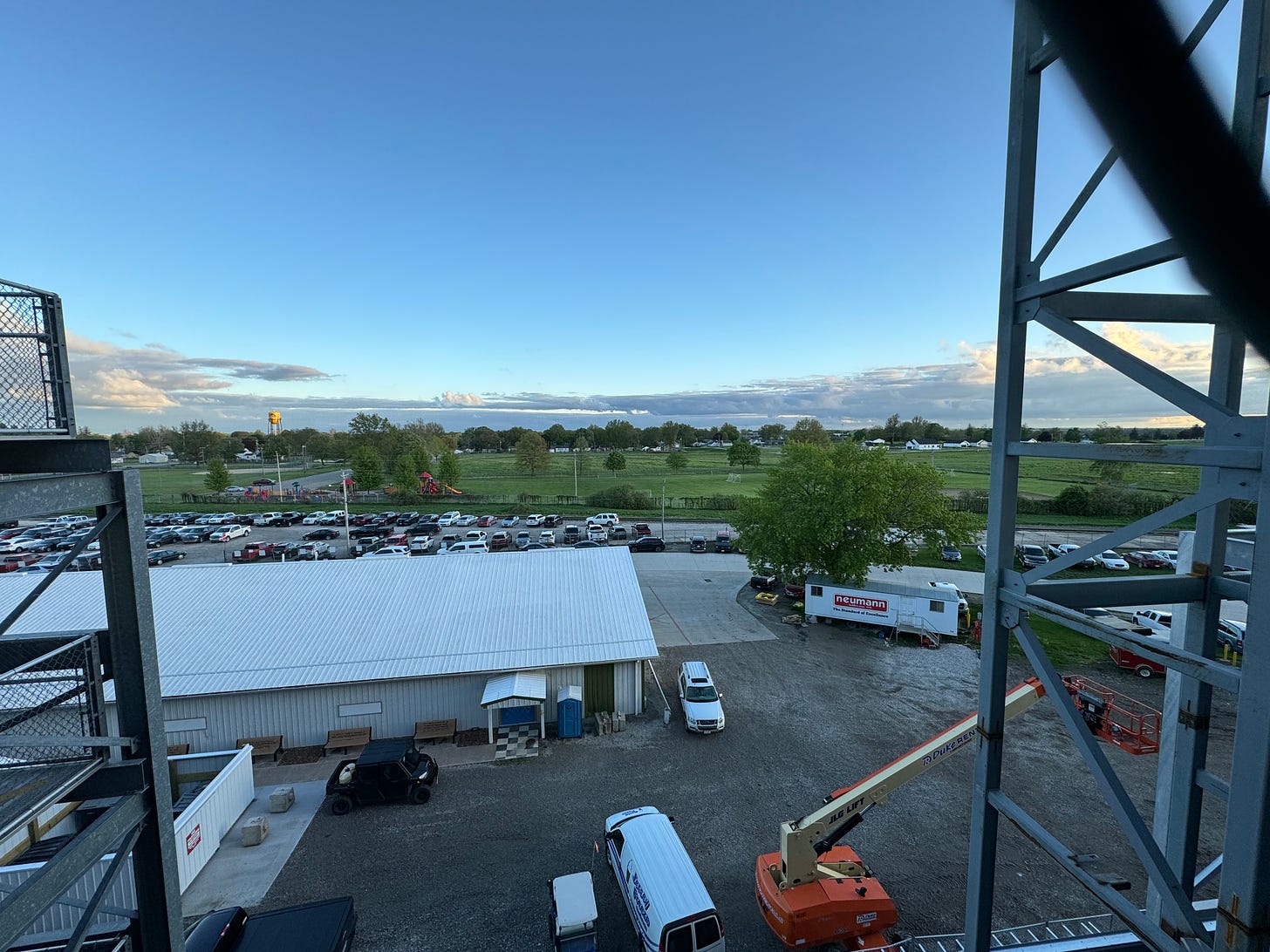
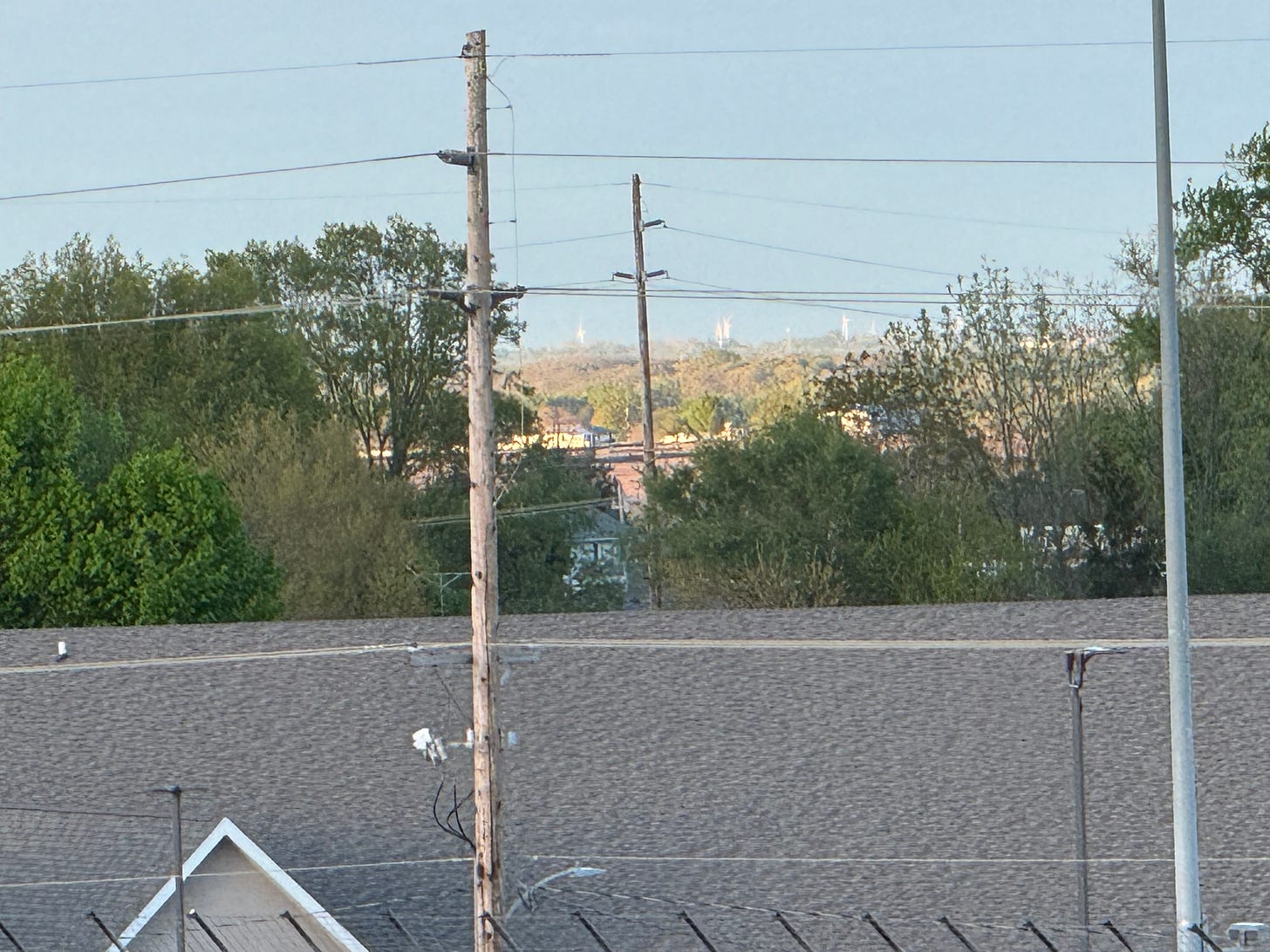
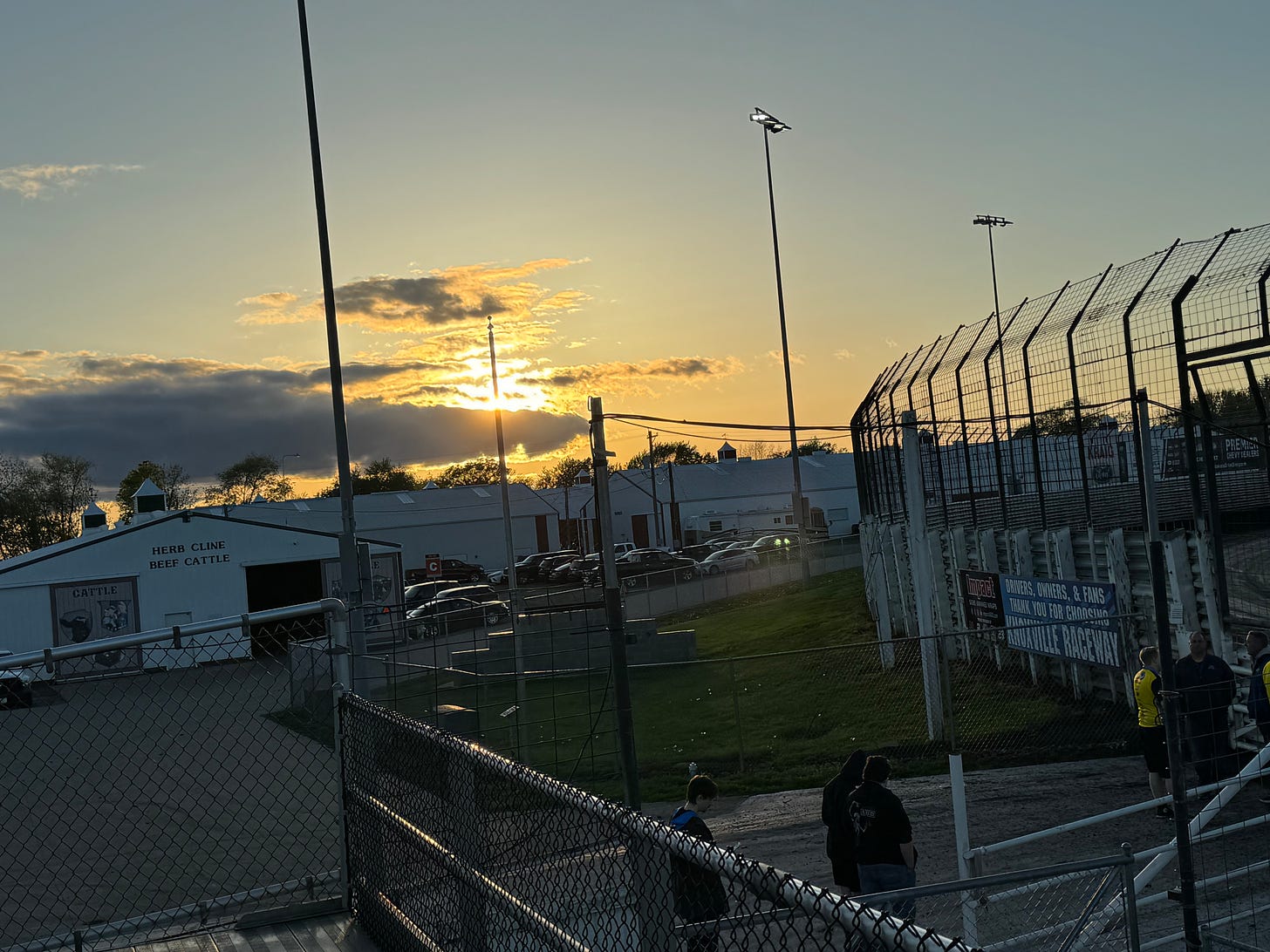

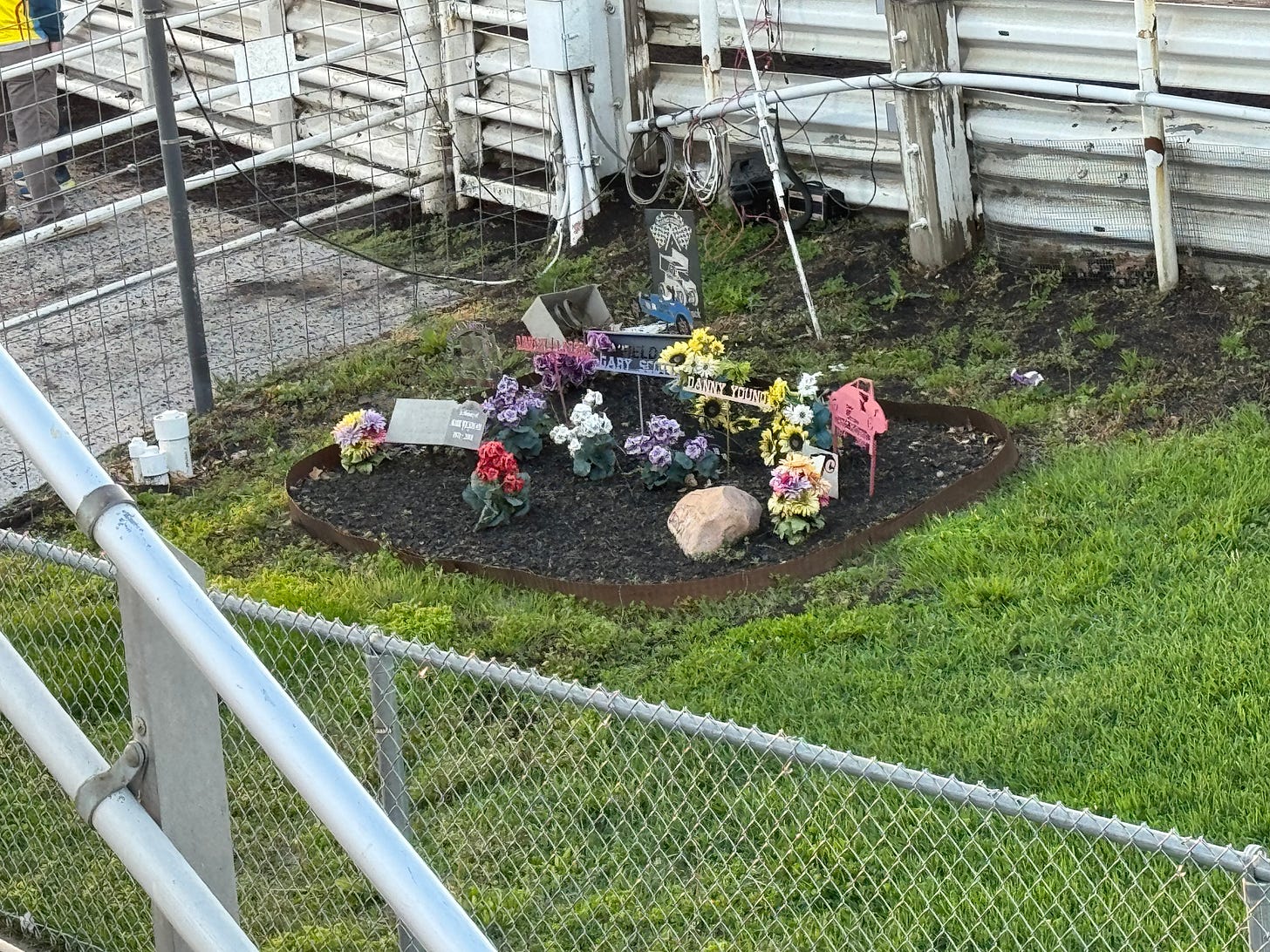
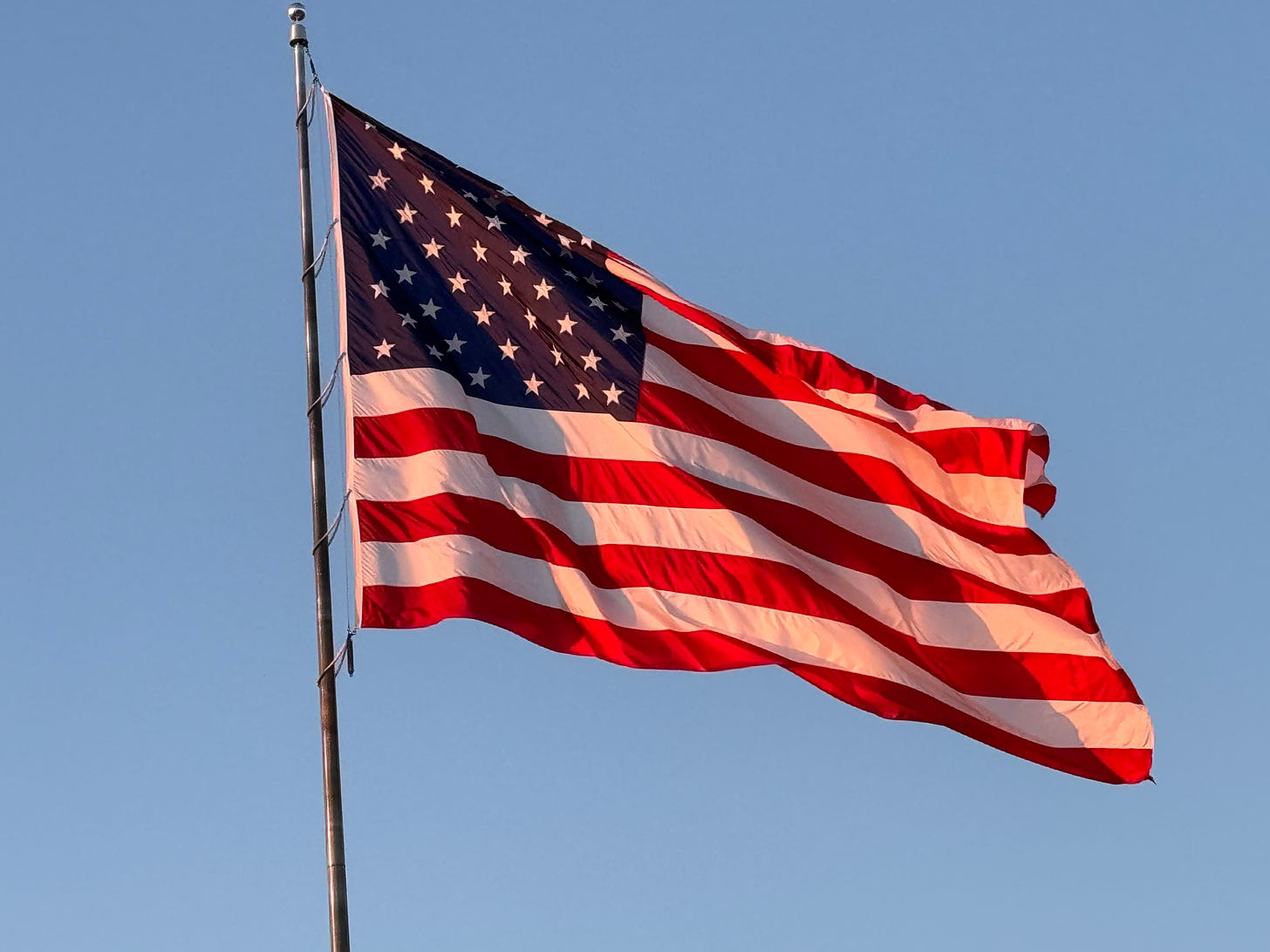
Excellent column. You are an anthropologist/sociologist/journalist in the making. Your next step is short interviews. Do them on your phone and upload them. Or, use Google Pinpoint or some other program to transcribe them. Always honor everyone you interview both in person AND in your column. If they have different ideas from you, try to understand why. Say little. Listen lots. Let people talk. If they pause as a cue for you to speak, skip a beat and they will likely say more. That's often is where the best stuff comes from. The very best interviewers are those who shut up and listen. Let me say that again. Shut up and listen! Make people comfortable and try to speak with them at their level so they will be comfortable. You are tall. Try to sit to do an interview with someone shorter than you. If you speak to a small child, hunker down, maybe get to your knees. Always be respectful and kind. Learn. The interview isn't about you. It's about them and how you treat people is your responsibility. Ask "blue sky" questions that are open ended and that will let them open up. If possible, get to the emotions at hand. "How does that make you feel?" is maybe the best question ever to draw out emotions. Emotions are at the center of great stories. There are different issues to consider when you interview politicians. Your responsibility is to your readers and yourself. Be respectful, but ask them the tough questions. If they evade answering, ask again, and again, and again until you are satisfied. If you don't understand an answer to your question, keep asking until you do. If you don't understand, your readers likely won't either. You now have an excellent body of work. Now we need to change things up to grow your audience. Tell everyone you are a writer. Go to VistaPrint and on good card stock make a business card. The only thing it should have on it is the name of your Substack and the general url. No other personal information. Give the cards to your friends, your teachers, hand them out everywhere because every writer needs an audience. We are keyboarding into a void without our readers. Honor your readers and respect them. Engage with them, elevate them, and they will elevate you as you build your community. They will be part of it. Let's go great places in your writing--together...
Your observational assessments and analysis of your surroundings are so clearly demonstrated in your writing. You take the reader there. I enjoyed the ride.